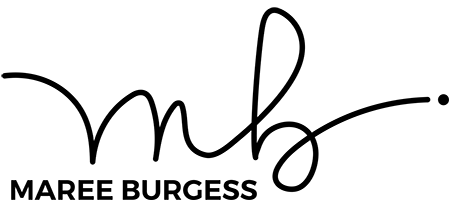
Trust – a lot is said about it and what does it really mean?
The Cambridge Dictionary definition of trust is ‘to believe that someone is good and honest and will not harm you, or that something is safe and reliable’.
Why do we trust some people and not everyone? We may find ourselves trusting someone we have just met. Yet we’ll meet someone else and find ourselves not trusting them.
Trust is required in any interaction we have with others if we are to reach an effective outcome.
Trust is very evident in high-performance teams. These teams are highly focused on their goals, achieve superior results, and outperform similar teams.
There is no question that the high-performance teams I have worked with and observed have high levels of trust between all team members. We watch each other’s backs; have a diversity of skills and competencies to complement each other; have a diverse range of opinions, which we openly share; and communicate consistently about any issues that affect the team. We are able to give and receive feedback on performance and take that feedback on board as a way of becoming even better at what we do.
Normally people believe that trust is either there or not there, without considering if it is a skill that can be learnt. Trust can be actively managed but it generally only comes up in discussions when it has been breached, or the team is dysfunctional or the culture is toxic.
Without trust, a team is just a group of individuals doing their own thing. It is very ‘I’ centric rather than ‘we’ centric. It doesn’t matter how capable or talented each individual is, if trust isn’t present the team will not reach its full potential.
Building trust is like building a bridge: without the proper foundation and engineering, it will fail. Trust is the foundation piece for all relationships. If you are looking to get the most out of your team or moving into a leadership role, it is essential that you understand the building blocks for trust and how to initiate these within the team or teams you are part of.
The research emerging from the neuroscience field is now giving us evidence of what is happening in our brains when we trust and when we distrust.
Cortisol is produced in when we are feeling stressed and helps us with fight or flight reactions. If high levels continue long term, which can occur in toxic or dysfunctional teams relationships, we are prevented from accessing the executive part of our brain (the Pre-frontal Cortex), which means our ability to think and reason effectively, is impacted.
In contrast, Oxytocin is associated with nurturing and bonding. When we feel safe, trusted by the people we interact with Oxytocin is flowing, and it helps us feel more social confidence and connection. We are able to tap into our executive brain.
Judith Glaser in her book Conversational Intelligence talks about the Conversational Dashboard and three levels of conversation,
- Level I - Transactional. Tell and ask and confirm what we know
- Level II – Positional. Inquire and influence and defend what we know
- Level III – Transformational. Share and discover what we don’t know.
Level III conversations cannot exist without high levels of trust.
Next time you are in a conversation:
- What can you help the other person explore further and see how well can you tap into their executive brain
- Ask more open questions to extend their (and your) thinking further
Consider teams you have been part of, and how the building blocks of trust have applied to each team.
If you want to find out more about trust and how it can be nurtured and developed let me know.

